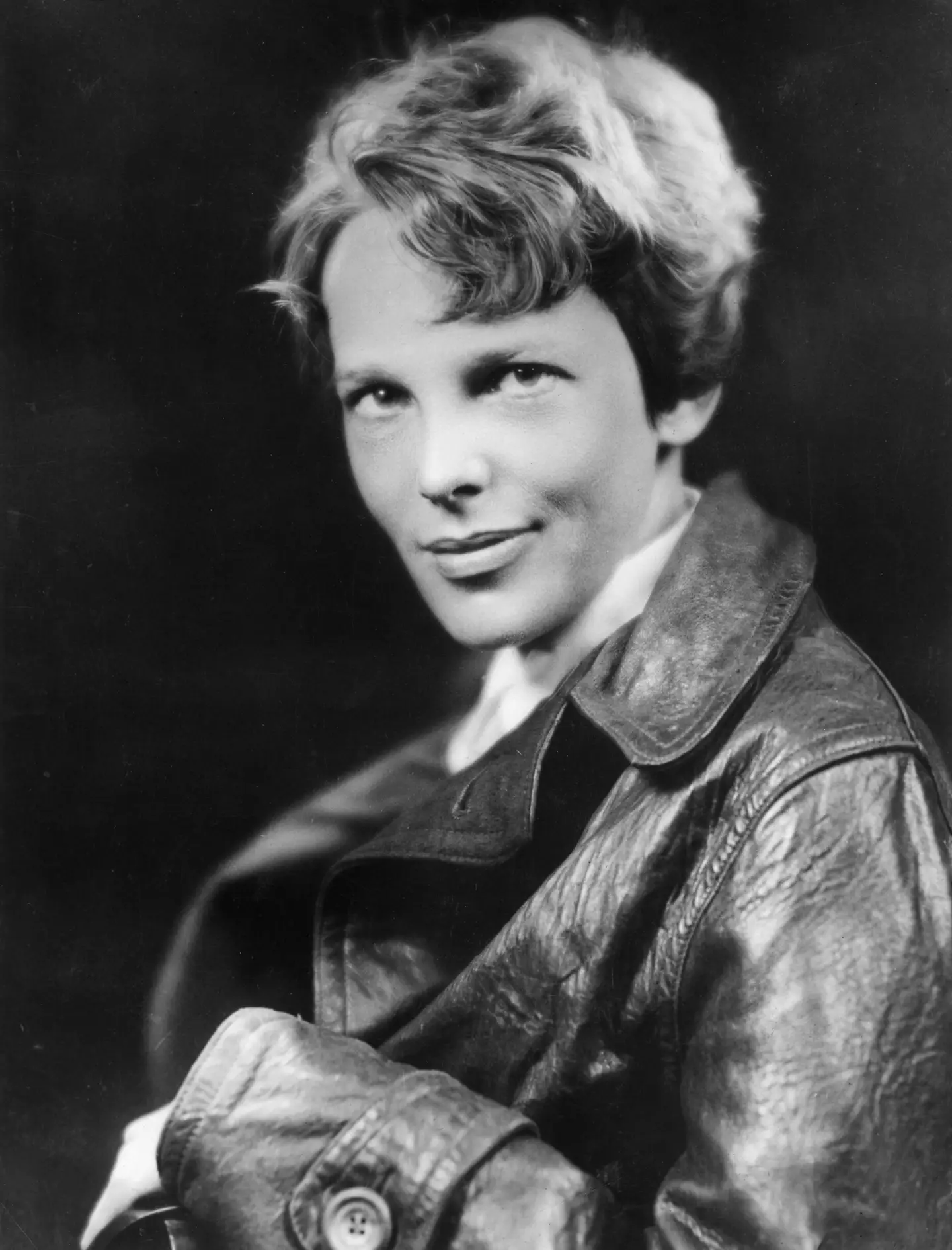A pilot asserts he has discovered new insights into one of aviation’s enduring mysteries, focusing on Amelia Earhart’s missing aircraft.
In the 1930s, Amelia Earhart gained renown as the first woman to fly solo across the Atlantic Ocean, marking a significant milestone in aviation history.
Beyond her flying feats, Earhart was a vocal supporter of women’s rights and played a pivotal role in founding the Ninety-Nines, an organization dedicated to championing women in aviation.
However, in 1937, during an ambitious attempt to fly around the world, Earhart and her navigator Fred Noonan vanished over the Pacific Ocean, with neither their remains nor their aircraft ever found.
Declared dead in 1939 following an exhaustive search effort, Earhart’s disappearance has since fueled a multitude of speculations and conspiracy theories regarding her fate.

Some theories suggest that Earhart and Noonan perished after their aircraft crashed into the ocean, while others propose they might have survived a crash landing on a remote Pacific island only to die there later.
Another, more improbable theory alleges that they were captured and executed by Japanese forces.
Intrigued by a documentary on the subject, pilot Justin Myers delved into these theories. He conducted a detailed analysis by comparing size discrepancies found in a Google Earth image to the specifications of Earhart’s Lockheed Electra 10E aircraft.
Nikumaroro Island in the Pacific Ocean is frequently mentioned as a potential site where the plane—and possibly Earhart and Noonan—may have ended up.
According to Myers in an interview with Popular Mechanics, this theory “is based on several on-site investigations that have turned up artifacts such as improvised tools, bits of clothing, an aluminum panel and a piece of Plexiglas the exact width and curvature of an Electra window.”
Utilizing his aviation knowledge and travel background, Myers identified several “anomalies,” which he documented in a blog post.

In his blog, Myers wrote: “I picked an area which would probably have been what I thought to be best considering the circumstances. I zoomed in and there was a long sandy-looking shape. I measured the sandy section, which was over 50ft long, looked up the specifications of the Electra, and that measured 39ft. I laughed and thought ‘What do you think you are doing?’
“However, to the left of the sandy section that had been eroded by the weather over many years was a dark-coloured, perfectly straight object. I used the measuring tool on Google Earth and to my surprise and mild little shiver it measured approximately 39 ft.”
As Myers continued to explore the alleged “man-made” structures, he seemingly discovered more aircraft wreckage, including an engine with dimensions resembling those of Earhart’s plane.
To date, Myers’ theory remains speculative, lacking concrete evidence to advance beyond theoretical exploration.

